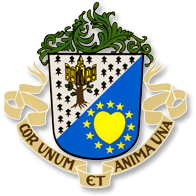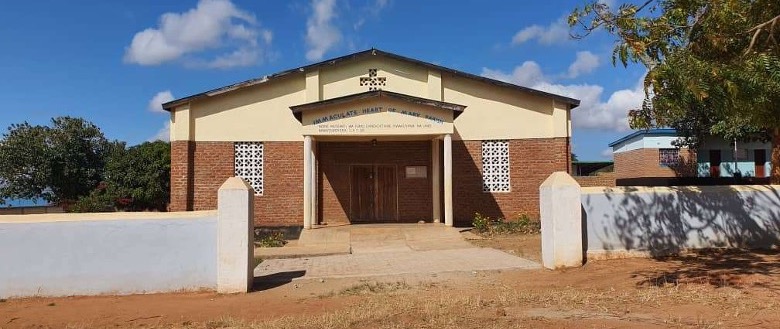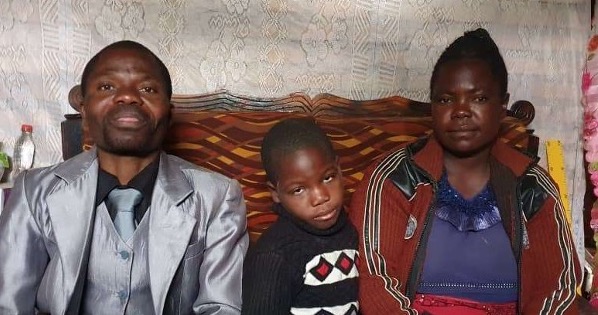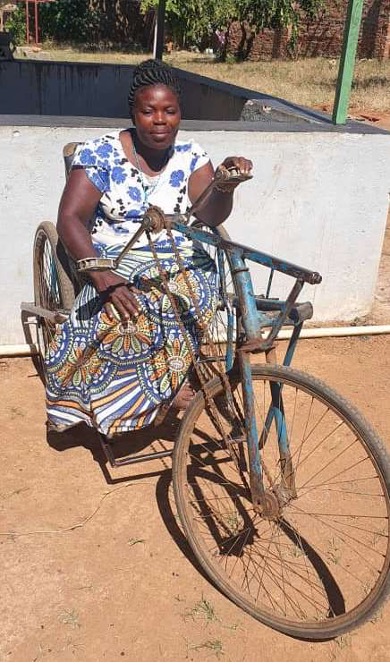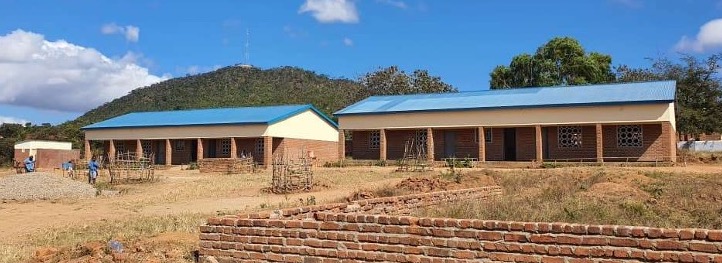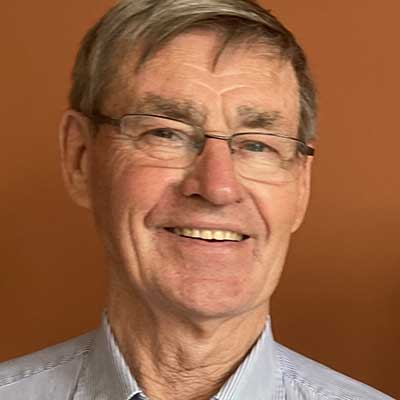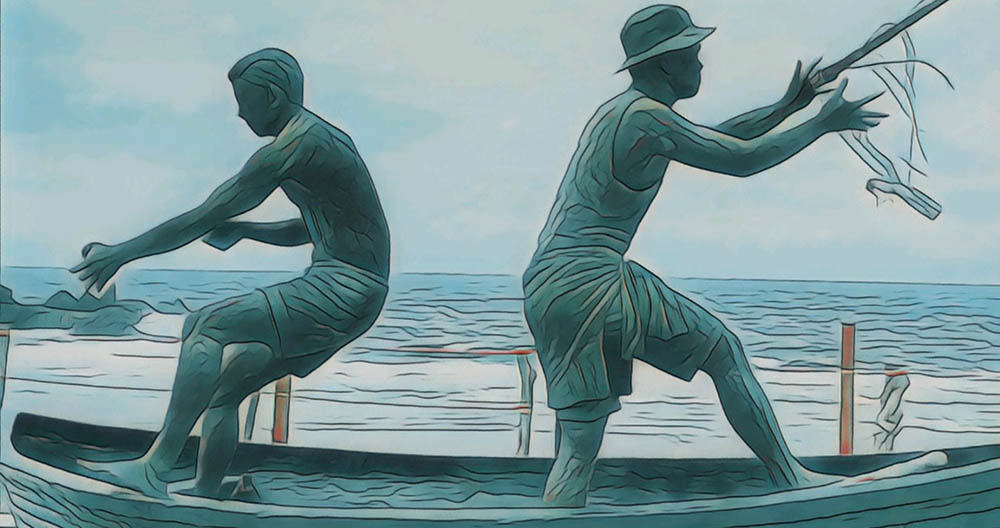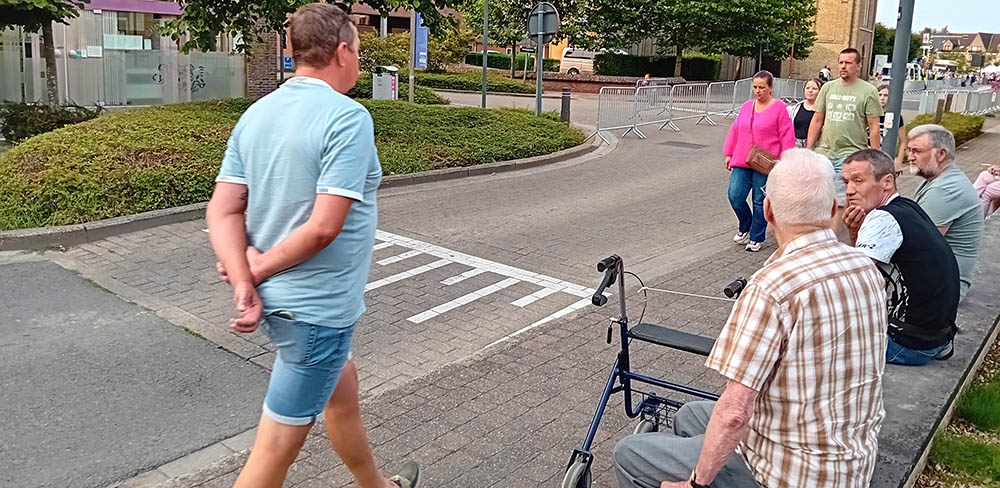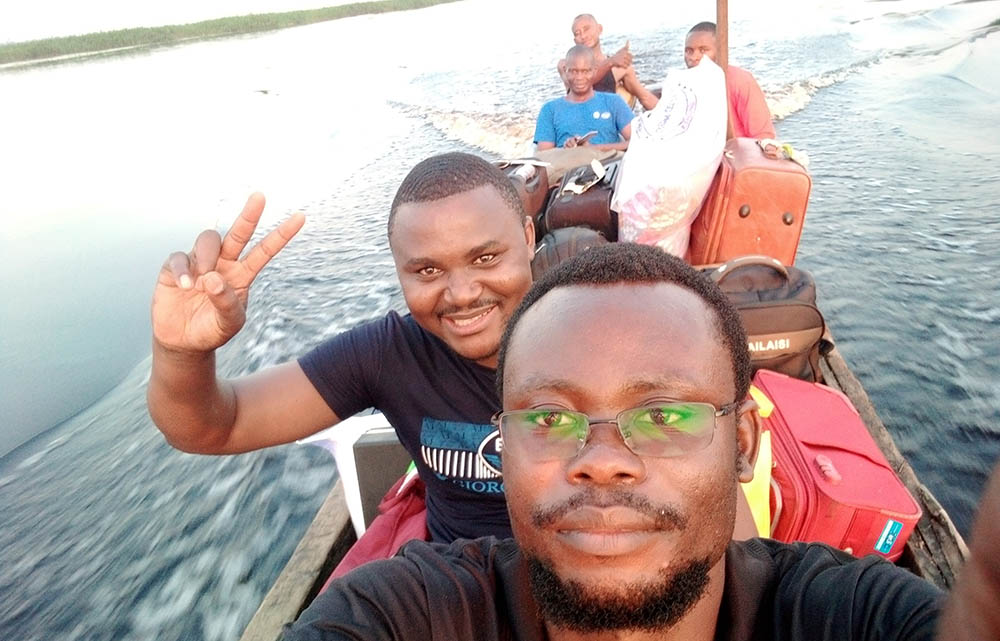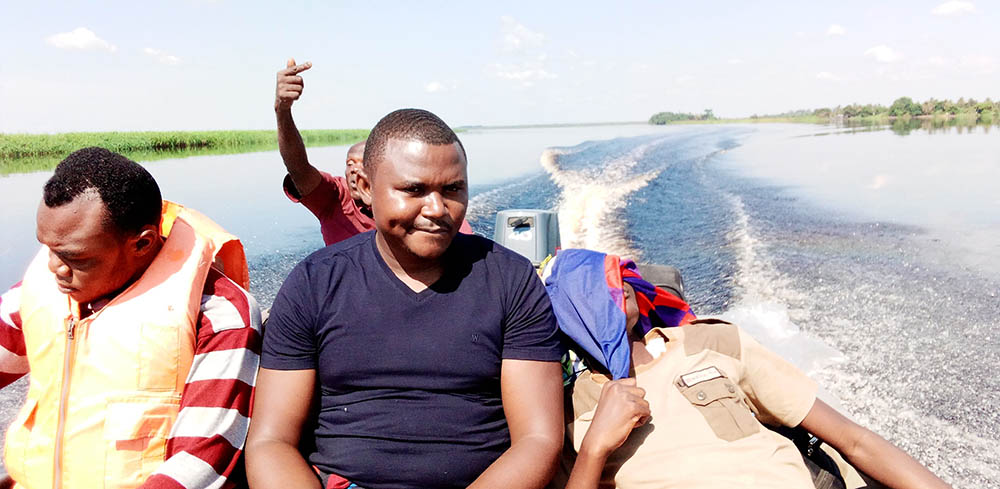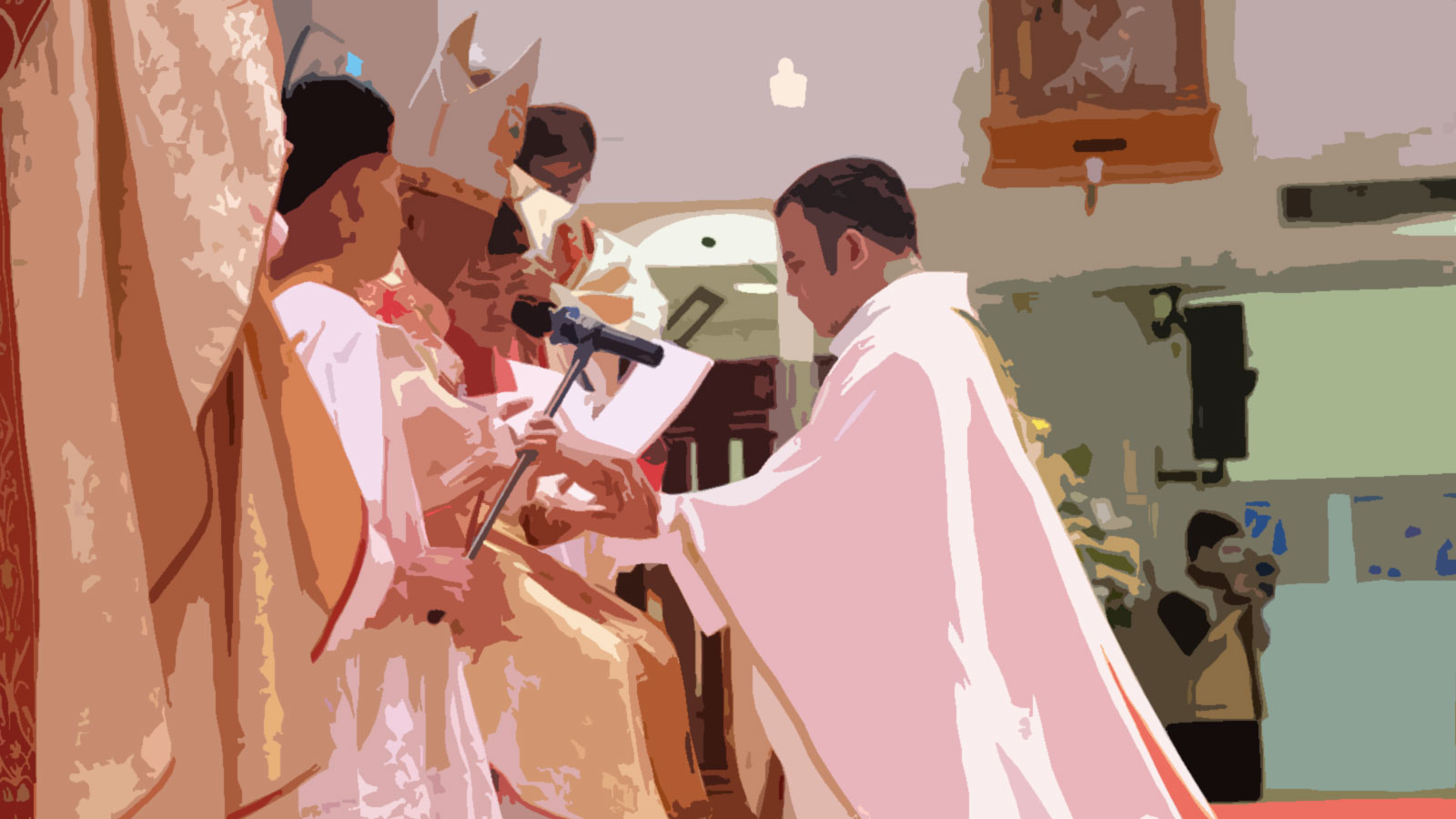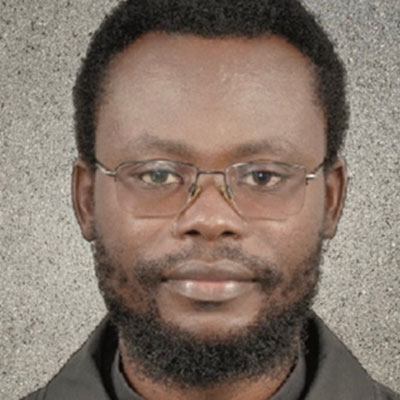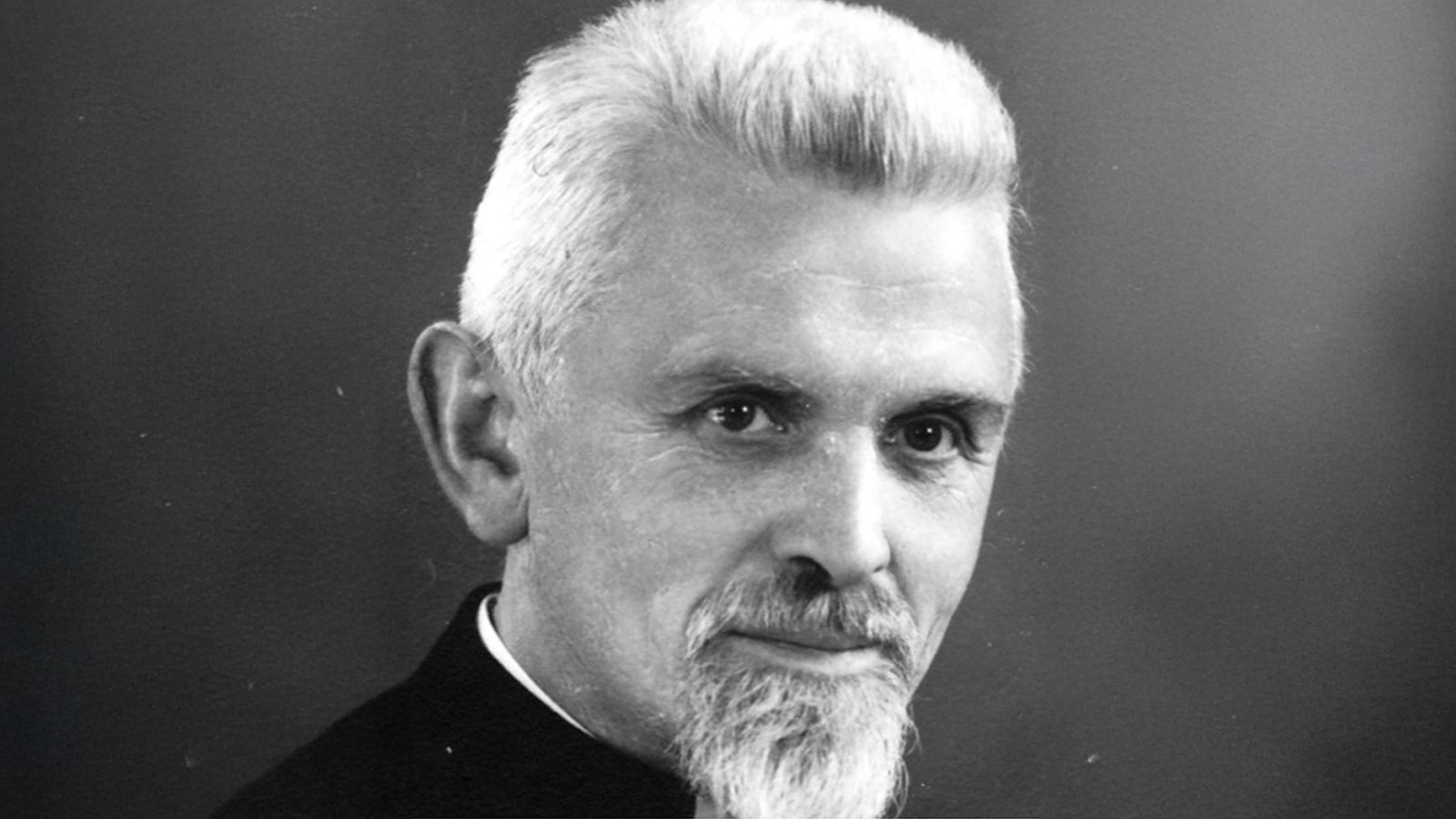Missionary Venture in Boula-Ibib
- IN THE FRONTLINE
- Hits: 6583
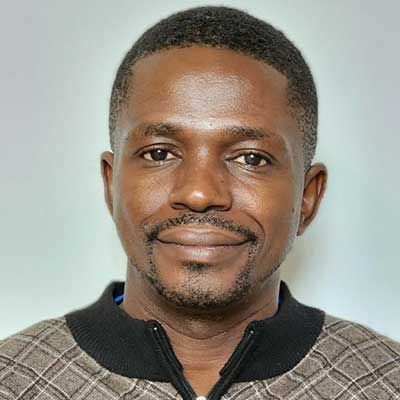
Fr. Amos Onézaire, cicm
Secretary General
"Do we have the courage to start new missionary ventures?". The 15th CICM General Chapter challenged us to reflect on our fidelity to the founding charism of the Congregation. Are we following the missionary dream of our Founder and his companions, who left their comfort zone in Belgium to embark on a dangerous missionary adventure in China? Aware of this legitimate concern of the capitulars of the 15th General Chapter, in a spirit of prayer and discernment, the 5th Provincial Assembly of "ACO-CICM 2018", in its Final Declaration, committed the entire Province to a dynamic of "new missionary insertions." In response to the invitation of the Archbishop of Garoua, Mgr. Faustin Ambassa Ndjodo, cicm, and by the resolutions of the said Assembly, the then Provincial Superior, Father Hervé Kuafa Lontsi, with the consent of his Council, decided to undertake in October 2021 a new missionary insertion in the Archdiocese of Garoua in Cameroon. CICM has been entrusted with administrating the Boula-Ibib parish of Saint Joseph and Our Lady of Mount Carmel.
Introduction to Boula-Ibib Parish
Boula-Ibib is a village fifty kilometers from Garoua, on national road no. 1 (Garoua-Maroua). The town is famous for its canary market in its weekly Saturday market, known humorously as May 20. In 1970, the Catholic Christians of Boula-Ibib were entrusted to the care of the Polish Oblates of the Figuil mission. In 1975, the Boula-Ibib section was attached to the Oblate mission of Bibémi. It was erected as a parish in 1978 by Mgr Yves Plumey, omi, Bishop of Garoua. In 2000, after the departure of the Polish Oblate missionaries, Boula-Ibib was entrusted to diocesan priests.
The parish extends over 36 villages and today counts some 8,000 faithful divided into 76 Communautés Ecclésiales Vivantes (CEV). The parish territory is ethnically diverse: Guidar, Guiziga, Moundang, Toupouri, Mafa, Massa, Ngambaye, Peuls (Fulbe), Kangou, Fali, etc.
The Boula-Ibib parish is located in the most Islamized region of Cameroon. Its Mosque is a reference point for anyone visiting the place for the first time. Following the pastoral guidelines of the Archbishop of Garoua, who invites us to "keep our hand outstretched," the parish strives to promote ecumenism and inter-religious dialogue. Muslim pupils in the Boula-Ibib Catholic elementary school make up a significant proportion. Although there is latent mistrust on both sides, Christians and Muslims undertake joint actions to promote peace in the villages.
Boula-Ibib is located in the North region, a geographically precarious area. The climate is Sahelian. As a result, the environment is harsh and hostile. The environment's fragility often leads to violent conflicts between our parishioners who live off subsistence farming and the Mbororo (nomadic Fulbe) herders. There is also a security crisis that impacts the lives of the population: hostage-taking and ransom demands. Due to the intensification of terrorist attacks, the population of the Far North region is moving towards the North. As a result, the parish territory is overflowing with displaced people.
The Arrival of CICM Missionaries in Boula-Ibib
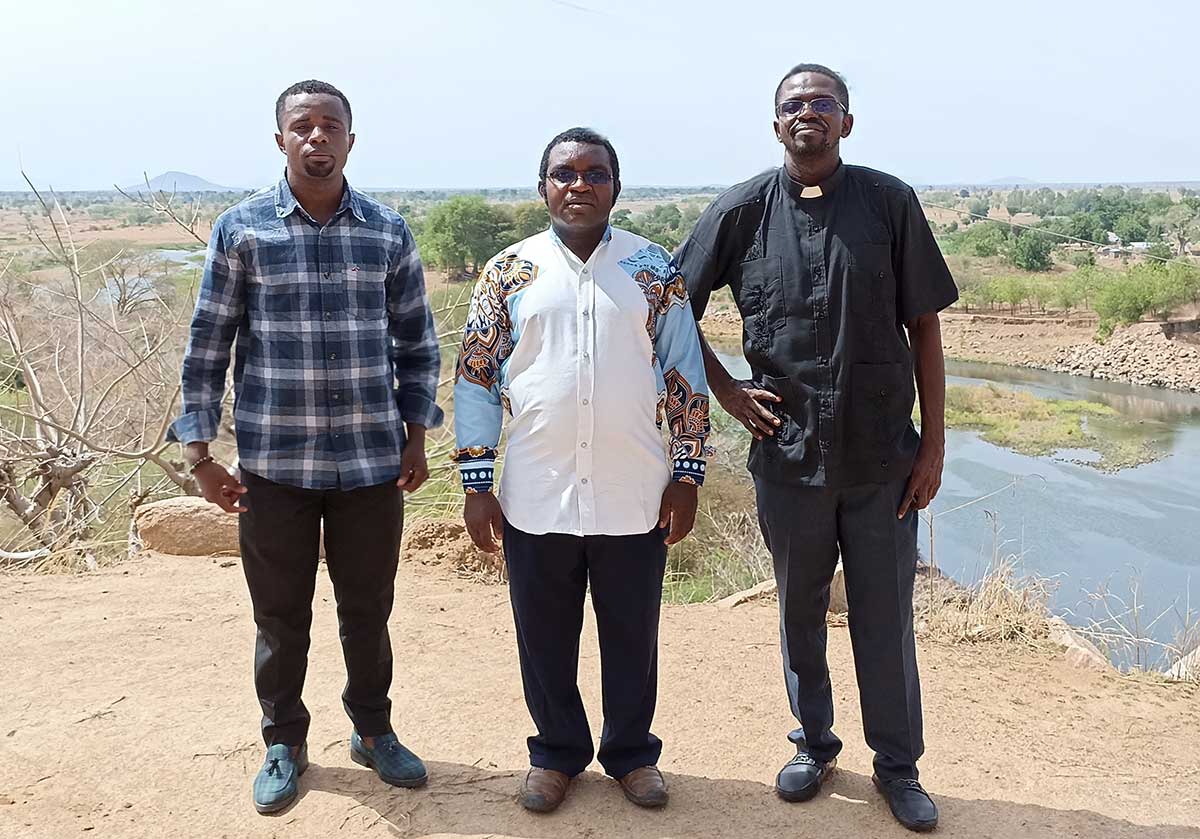
The first mission team in Boula-Ibid: Benedict Fika, Fr. Théodore Muanda, and Fr. Amos Onézaire
Three young confreres, Fr. Amos Onézaire (curé - Haiti), Fr. Théodore Muanda Muanda (vicar - DR Congo), and Benedict Fika Nkusu (intern - DR Congo), were proposed for appointment by the Archbishop of Garoua as members of the first missionary team of the new insertion.
I left Yaoundé and arrived in Garoua on September 27, 2021, where I was warmly welcomed to the Archdiocese by Mgr. Faustin Ambassa. The handover ceremony between Abbé William Tatou Dongmo and myself occurred on Saturday, October 9, 2021, in the presence of Don Paolo Mandelli, Episcopal Vicar of Ngong.
The night of Saturday, October 9, to Sunday, October 10, 2021, was the longest night of my life. I found myself alone in an unknown village, suffocating in the sweltering heat. From my bare bed, I could see mosquitoes, reptiles, and amphibians invading my tiny room, whose windows had no mosquito nets and lacked some glass panes. After an anxious night, I celebrated my first mass in Boula-Ibib with kind, welcoming, dynamic, and enthusiastic people.
With the arrival of the other community members, Fr. Théodore Muanda on October 17, 2021, and Benedict Fika on December 6, 2021, the missionary work is now underway. Having found no workers at the Presbytery, we set about doing the housework and cooking while providing Pastoral Care with its language and cultural diversity challenges.
The General Organization of the Pastoral Care

Fr. Amos Onézaire celebrating the sacrament of the Anointing of the Sick in Goka
Following in the footsteps of the pioneers and our predecessors, we have tried to organize pastoral care according to the four pastoral principles of the Archdiocesan Pastoral Orientations (2017-2023): continuity, which ensures the ongoing presence of pastoral care; rooting, which emphasizes the local context and culture; improvement, which encourages growth and development; and expansion, which promotes the spread of pastoral care to more areas.
At Boula-Ibib, priests travel up to 30 km by motorcycle for various celebrations in remote communities. These include Sunday Masses, anointing of the sick, funeral celebrations, patronal feasts, harvest festivals, naming ceremonies for newborns, etc. This diverse range of activities is not just a routine but a vital part of our mission, allowing us to connect deeply with the faithful. We have endeavored to learn Fulfulde, the language the majority speaks, and to emphasize pastoral care of presence and proximity.
The faithful enthusiastically participate in various liturgical celebrations. However, a genuine conversion to Christ is more urgent than ever. In living out the faith, we observe some forms of counter-witnessing and scandal that Mgr. Faustin Ambassa calls "cultural sins" in his 2023-2029 pastoral orientations: recourse to marabouts, sacrifices, and traditional rites, consultation of diviners, polygamy, concubinage, etc. In this context, pastoral care consists of accompanying, training, and encouraging the faithful to turn away from all cultural practices that contradict their identity as children of God.
Training Catechists and CEV Leaders
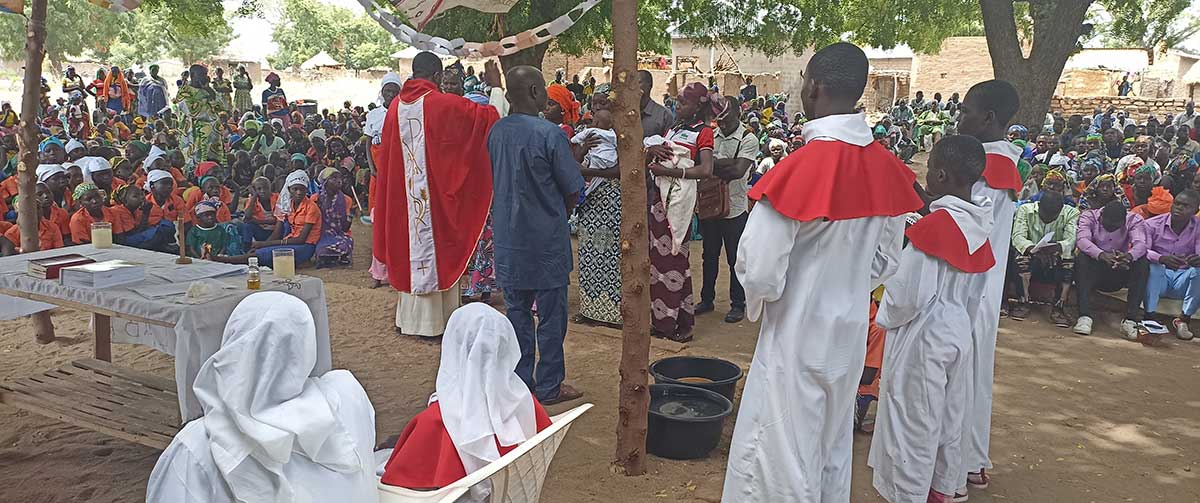
Commissioning ceremony for catechists and baptism of children in Labare
Catechists and CEV animators are vital players in our mission. In addition to teaching catechism and celebrating the Word in the priest's absence, they provide translations of our homilies and other presentations. They are the ones who keep the faith alive in the villages. But if they're not supervised, they can also be the ones who may cause people to lose their faith. Over the years, lack of attention and vigilance has led to some odd cases. In one remote community, we discovered that a catechist joined a revivalist church and spent months indoctrinating the faithful with the message of a man who proclaimed himself a "new prophet." Wanting to regularize the matrimonial situation of all catechists, we were astonished to discover that many were not baptized. Aware of this need for support, we embarked on activities to provide training for catechists and CEV animators.
Children and Youth Ministry in Boula-Ibib
Since our arrival, we have noticed that over 65% of the congregation comprises children and young people. As a result, the pastoral team has been actively supporting various groups and associations for children and young people, such as readers' group, Mass servers, choirs, parish youth group, and ACE Cop' Monde. Additionally, we organize cultural and festive activities for children and young people every year.
In the parish area, many children cannot attend school due to financial constraints or because their parents do not see the importance of education. Additionally, early or forced marriage is a common issue, with two out of three young girls getting married between the ages of 15 and 18. Our initiatives aim to support young girls by enrolling them in vocational training centers. We also provide discreet assistance to primary and secondary school students to purchase supplies and pay their school fees. Furthermore, we're also committed to reviving the Parish Primary School, which has been abandoned by the Secrétariat diocésain à l'Education (SEDUC) due to pupil numbers.
The Infrastructure Challenge
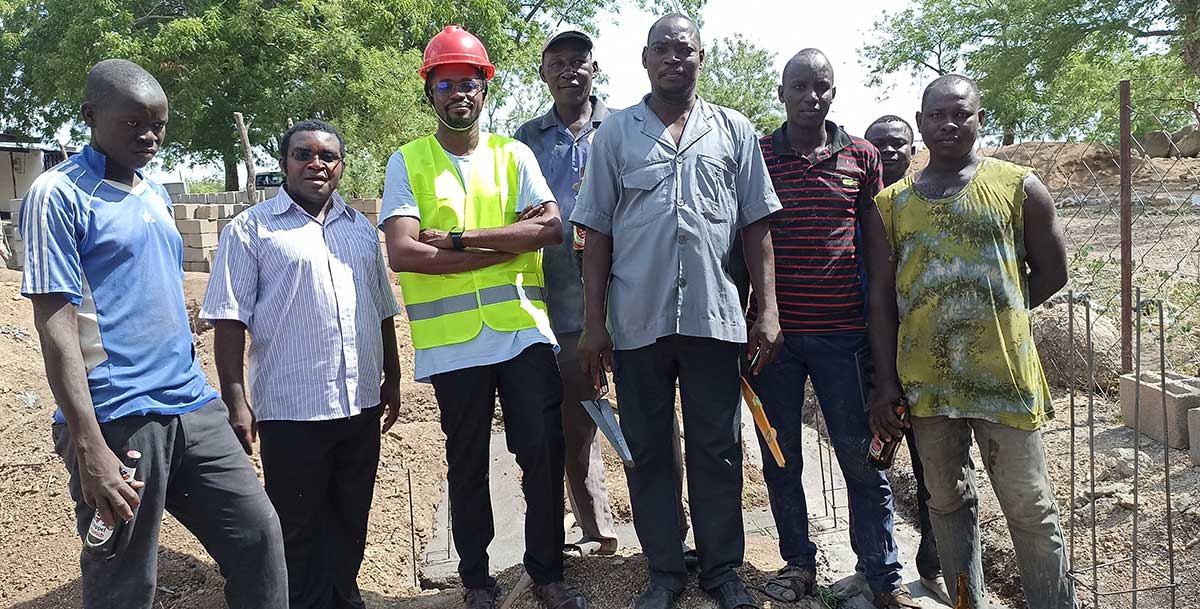
Laying the foundation for a housing building in Boula-bib
This mature parish, established more than 40 years ago, faces significant infrastructure needs, such as water shortages, a lack of housing, and the absence of meeting rooms and parish offices. Upon our arrival in October 2021, we discovered a modest parish church built in 1978 and renovated in 1990. Additionally, we observed that many communities do not have chapels. Furthermore, we found a small presbytery with two small bedrooms, a small living room, and a small straw hut for visitors, all needing significant improvement.
To meet the urgent need for infrastructure, we have sought the support of the Province, worked to awaken the generosity of the faithful and developed projects. As a result, we have been able to make big changes in terms of infrastructure: refurbishment of the rectory, construction work on a new building, construction of a space known as the “Sacred Area”, construction of a water tower with solar panels, thanks to funding from Missionhurst. The parishioners are very glad and appreciative of the quality of our presence.
In conclusion, I can say without hesitation that the missionary venture in Boula-Ibib has been the most beautiful page of my missionary life. In Yaoundé, the pastoral care of sacraments and sacramentals played a major role in my priestly ministry. However, the mission in this peripheral environment made me more sensitive to social ministry, the pastoral care of migrants, displaced persons, and refugees, the commitment to JPIC, and inter-religious dialogue. This missionary adventure has inspired me to trust in Providence. God always provides for our missionary needs. Admittedly, we lack human and financial resources, but we must neither neglect nor abandon the peripheries. Let's not lose the "pioneering spirit" to continue bearing witness to the Gospel in this changing world. §


